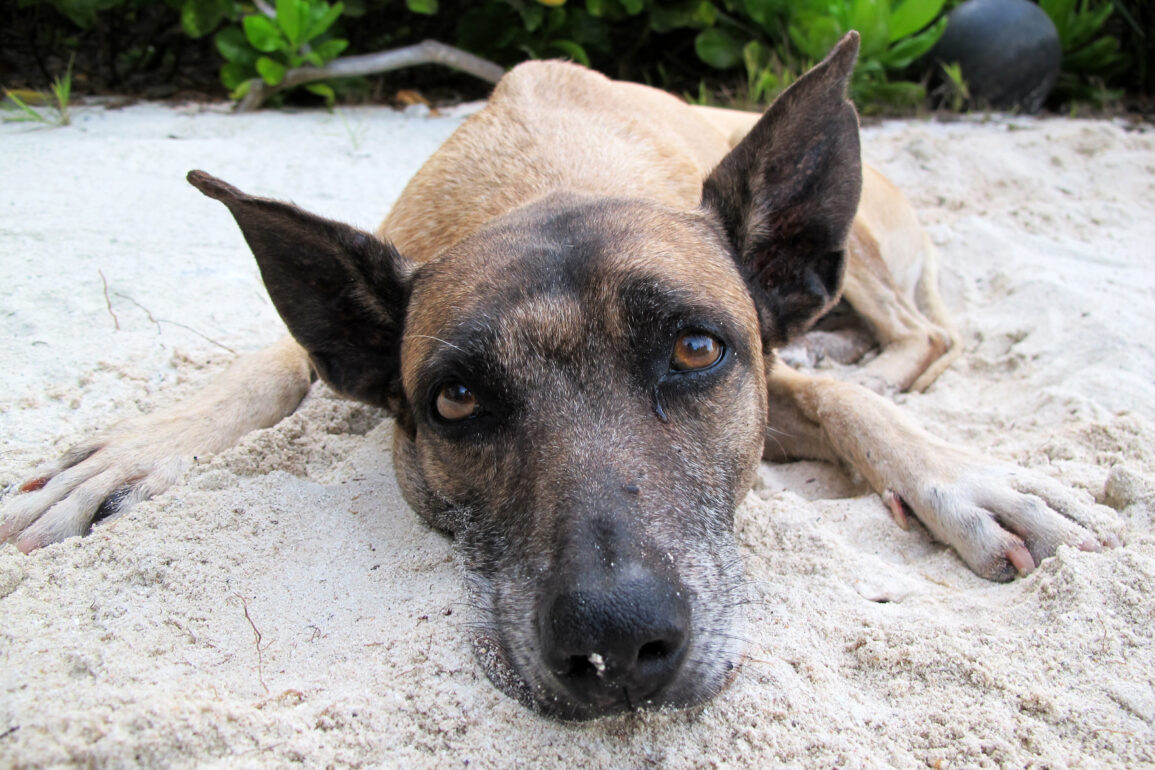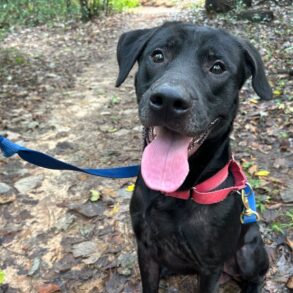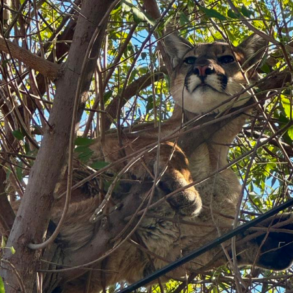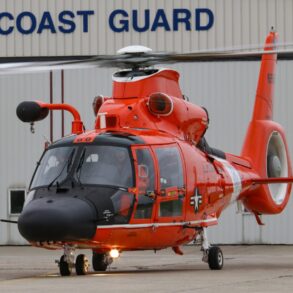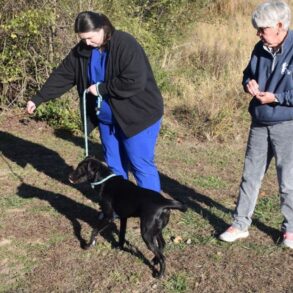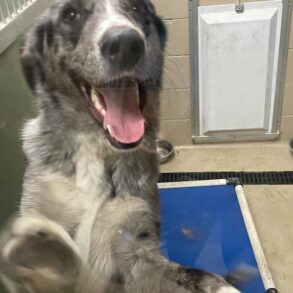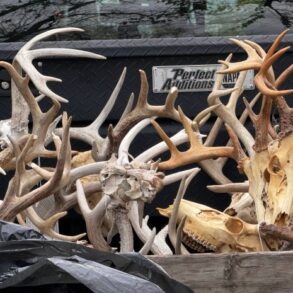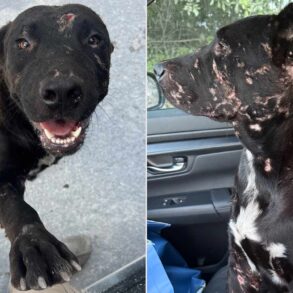Located in one of the most remote corners of the Central Pacific is a small, uninhabited coral reef island known as Palmyra Atoll. Composed of 50 islets measuring no more than 2 meters (7 feet) in elevation, the U-shaped Palmyra Atoll is surrounded by 6,475 hectares (16,000 acres) of shallow and submerged barrier reefs.
One thousand miles south of the Hawaiian Islands in one of the most isolated places in the world – where sharks outnumber humans – Palmyra Atoll was an unassuming home for a four-legged canine. For nearly two decades, the short-haired Dadu spent his days living alongside the island’s variable population, scientists, and short-term visitors.
Dadu was brought to Palmyra Atoll by a French sailor named Roger Lextrait, who managed and cared for the island from 1992 to 1999. During his tenure, Lextrait relied on several dogs for companionship, as shown in archival footage maintained by the Palmyra Atoll Digital Archive.
At some point, and for unknown reasons, Lextrait left the island and its resident dogs for nearly a year, marooning Dadu and leaving him to stalk the island lagoons, which served as nurseries for reef sharks.
There was a conscious benefit that Dadu provided, and he was a true companion. But then subconsciously, he was a bridge for us back to the real world.
Alex Wegmann
Alex Wegmann, lead scientist for the Nature Conservancy, recalls Dadu’s shark-hunting ability, noting that the black-muzzled pup had the “shark bites to show for it.” Upon his 2004 arrival to Palmyra during his work for the US Fish and Wildlife Service, Wegmann said Dadu regularly greeted him.
“You get off the boat, and Dadu’s right in your face,” Wegmann told IFLScience.
“Dadu would often come with me as I would go to my research plots,” said Wegmann. “He was just a very nice companion and someone who I genuinely cared about, who was with me consistently through my research and as a member of the community.”
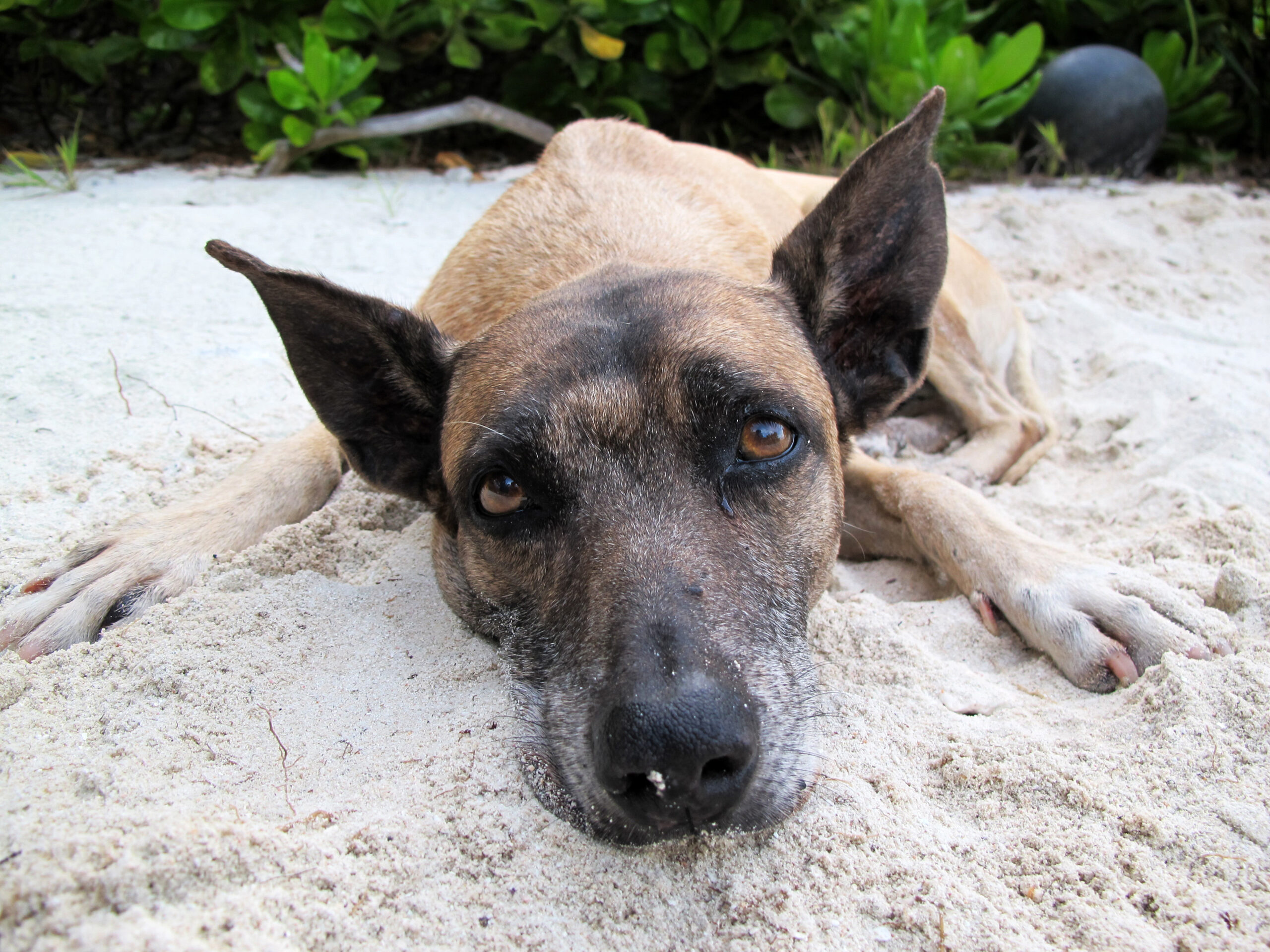
Dadu taking a well-earned break from hunting sharks.
Image courtesy of The Nature Conservancy
In one of the world’s most isolated regions, having a canine companion brought a sense of normalcy to an otherwise incredibly abnormal experience.
“You have no idea how intensely, insanely isolating it is when you’re on an island with four other people,” said Wegmann, whose time on Palmyra predated satellite internet and had very little connectivity with the real world.
“Having a dog, it just kind of normalized things. There was a conscious benefit that Dadu provided, and he was a true companion. But then subconsciously, he was a bridge for us back to the real world,” said Wegmann. “It makes you feel connected to humanity even when you’re completely disconnected.”
Dadu’s home under threat
Dadu’s role on the island speaks to the broader issues of conservation and human impact in remote places.
Roughly 70 million years ago, submarine volcanoes formed Palmyra and the neighboring Line Islands, which have provided a home to marine and avian species throughout their duration. Scientists and explorers frequented Palmyra and its neighboring atolls to catalog local flora and fauna.
During the 19th and 20th centuries, however, the once unadulterated island was heavily impacted by humans.
Kydd Pollock, who began working on Palmyra Atoll in 2008, told IFLScience that one of the biggest impacts on the island was the planting of a unique coconut palm, scientific name Cocos nucifera palmyrensis, which produced “the largest, longest and most triangular ‘mammoth coconuts’ in the world.” Due to their ability to efficiently absorb water during times of drought, these coconuts outcompete native vegetation, including high canopy trees that migrating seabirds utilize.
Palmyra Atoll was also used as a military base during World War II, which brought with it up to 3,000 men and the dredging of lagoons to build causeways to connect the many small islands that make up Palmyra. Before this, Pollock notes that there was no natural entry point into the island.
“This literally changed the shape of the island,” Pollock told IFLScience, noting that before WWII, there was no natural entry point to the island and as such, no record of an established long-term human settlement.




Dadu doing what he did best.
Image courtesy of The Nature Conservancy
Soldiers also brought with them rats, which played a “massive suppression role” on the terrestrial ecosystem and its native animals.
“We would have 5-gallon buckets of food scraps and a place where we would dump them. When you would walk to these areas, the clattering of the bucket handles as you walk up in the trees, you would see thousands of rats running down out of the trees, and literally, like Piper, I would have a branch of rats behind me. When I would throw that bucket, they’re just running around you and making a mountain of rats eating that food,” explained Pollock.
Wegmann’s work has primarily focused on the interactions between rats and local species like land crabs, whose populations have increased in recent years due to rat-eradication efforts.
A domesticated dog like Dadu, who is associated with people, loves to be around people and is fed primarily by people, does impact the ecosystem.
Alex Wegmann
Though Palmyra has undergone a series of impacts, it secured protected status in 2009 as part of the Pacific Remote Islands Marine National Monument and today serves as an equatorial living laboratory.
“Bringing species to islands, intentionally or unintentionally, is likely to have consequences, and a domesticated dog like Dadu, who is associated with people, loves to be around people and is fed primarily by people, does impact the ecosystem,” said Wegmann.
“Conservation is for nature, but it’s by people, and when people advance conservation projects and initiatives anywhere in the world, they need friends,” Wegmann added. Recovering a species or ecosystem brings a sense of giving and atonement, but there is also a recognition of damage and impact, both of which “are so much better when having a friend like Dadu.”
So long, Dadu
Towards the end of Dadu’s life, both Pollock and Wegmann remember him having a strong preference for choice cuts of fish. He also maintained a “love-hate” relationship with Rambo, a giant trevally that frequented a seaplane ramp.
“Every evening, Dadu would go down to the water line and start barking. Rambo would come up and splash him with his tail, and Dadu would lose his mind. Nothing ever changed between them – it was a daily ritual,” said Pollock.
Dadu was commemorated in a Facebook post on October 19, 2013, by the Palmyra Atoll Research Consortium, who wrote:
“Dadu, we will miss you. RIP. You are off to the shark chasing, perfume rolling, north beach walking dog heaven! There will never be another like you.”
No place was Dadu more welcome than during a beach sunset.
“Dadu would come and sit and wouldn’t ask for anything other than just shared space. He was the perfect companion,” said Wegmann.
Dadu and the other dogs are buried on the island.
This post was originally published on this site be sure to check out more of their content.




